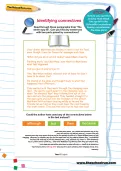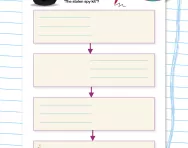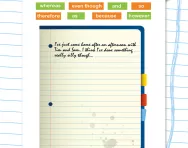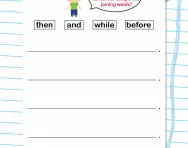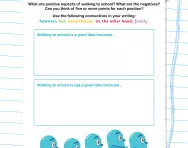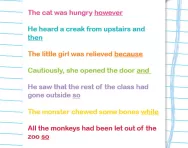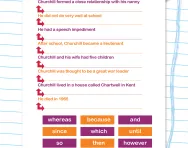Important update from TheSchoolRun
For the past 13 years, TheSchoolRun has been run by a small team of mums working from home, dedicated to providing quality educational resources to primary school parents. Unfortunately, rising supplier costs and falling revenue have made it impossible for us to continue operating, and we’ve had to make the difficult decision to close. The good news: We’ve arranged for another educational provider to take over many of our resources. These will be hosted on a new portal, where the content will be updated and expanded to support your child’s learning.
What this means for subscribers:
- Your subscription is still active, and for now, you can keep using the website as normal — just log in with your usual details to access all our articles and resources*.
- In a few months, all resources will move to the new portal. You’ll continue to have access there until your subscription ends. We’ll send you full details nearer the time.
- As a thank you for your support, we’ll also be sending you 16 primary school eBooks (worth £108.84) to download and keep.
A few changes to be aware of:
- The Learning Journey weekly email has ended, but your child’s plan will still be updated on your dashboard each Monday. Just log in to see the recommended worksheets.
- The 11+ weekly emails have now ended. We sent you all the remaining emails in the series at the end of March — please check your inbox (and spam folder) if you haven’t seen them. You can also follow the full programme here: 11+ Learning Journey.
If you have any questions, please contact us at [email protected]. Thank you for being part of our journey it’s been a privilege to support your family’s learning.
*If you need to reset your password, it will still work as usual. Please check your spam folder if the reset email doesn’t appear in your inbox.
Identifying connectives
Read through these paragraphs from ‘The stolen spy kit’. Can you find any sentences with two parts joined by connectives? Could the author have used any of the connectives below in the text instead?
What are connectives in KS2?
In KS2, connectives are words that help link ideas together in a child's writing, making it flow more smoothly and logically. They allow sentences and paragraphs to connect, helping to show relationships between ideas, such as time, cause and effect, or contrast.
Learning to use connectives properly helps children make their writing clearer and more engaging, which is an important skill as they develop their literacy abilities.
What are some examples of connectives for KS2 children?
Here are some examples of connective words for KS2 children:
- Addition: and, also, furthermore, moreover, besides
- Time: before, after, then, next, later, finally, subsequently
- Cause and effect: because, so, therefore, thus, consequently, as a result
- Contrast: but, however, although, nevertheless, yet, on the other hand
- Comparative: similarly, likewise, in the same way, compared to
- Condition: if, unless, provided that, as long as
How will this KS2 connectives worksheet help your child?
This KS2 English worksheet was created by an experienced educator and will help your child understand how to use connectives by reading through an extract and working out where certain connectives could be used. It is helpful to check out the reading comprehension The stolen spy kit before starting this activity.
For more help with English, check out our hub page, or try a new challenge such as our (free!) Year 6 worksheets taster pack.
